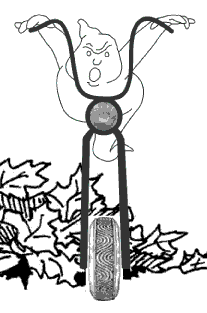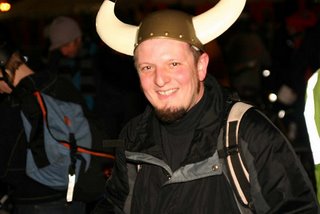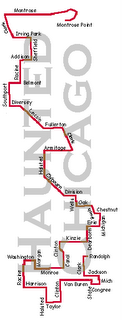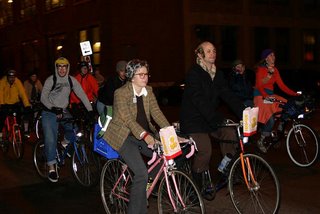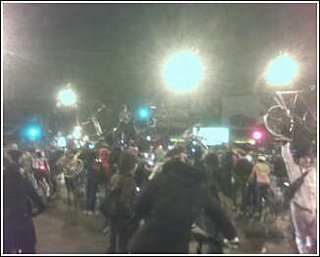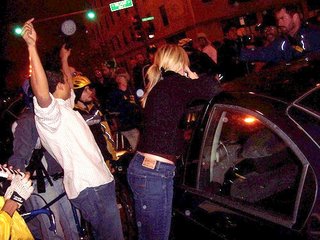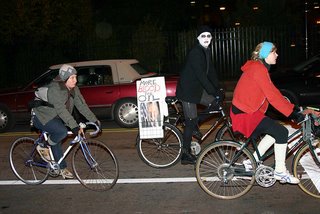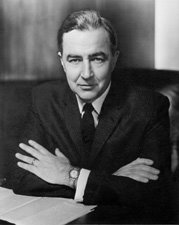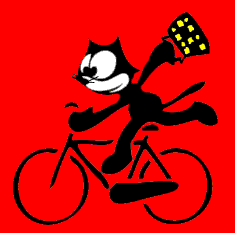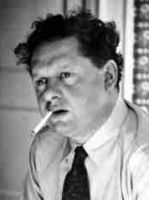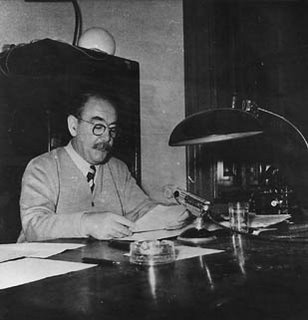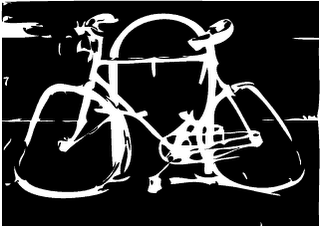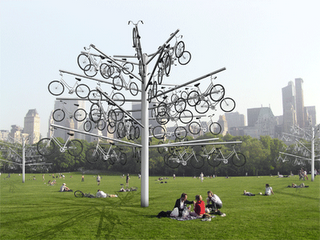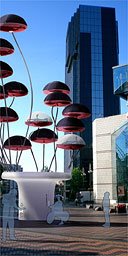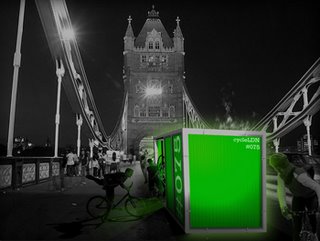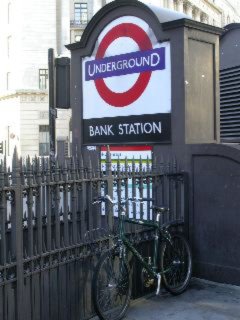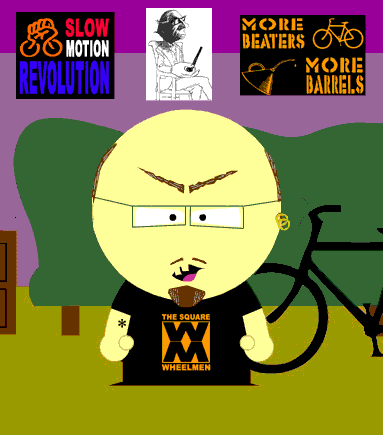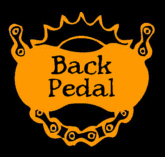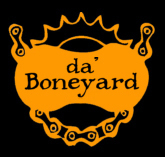PTSD
It's been a rough couple of weeks not the least of which because I recently found this vid on YouTube. It's from the local TV station in Tuzla, Bosnia-Herzegovina. Fourteen years ago the war began there as the Yugoslav National Army was trying to get out of the city. Having witnessed it, the vid has sparked a shit-load of bad memories.
 And I've been reading Niall Ferguson's new history of the 20th Century, The War of the World. In it he explains the phenomenal violence of the last century in terms of ethnic hatred and conflict. The chapter on the First World War highlights a quote from the novel, The Bridge Over the Drina. The bridge itself (pictured to the left) still stands today despite World Wars I & II as well as the Bosnian War.
And I've been reading Niall Ferguson's new history of the 20th Century, The War of the World. In it he explains the phenomenal violence of the last century in terms of ethnic hatred and conflict. The chapter on the First World War highlights a quote from the novel, The Bridge Over the Drina. The bridge itself (pictured to the left) still stands today despite World Wars I & II as well as the Bosnian War. I first read this book, by Ivo Andric, as I was getting ready to go to Bosnia-Herzegovina in 1993. Winning The Nobel Prize for Literature in 1961, he describes how different ethnic groups, who otherwise had lived in peace for centuries, could viciously attack one another.
I first read this book, by Ivo Andric, as I was getting ready to go to Bosnia-Herzegovina in 1993. Winning The Nobel Prize for Literature in 1961, he describes how different ethnic groups, who otherwise had lived in peace for centuries, could viciously attack one another.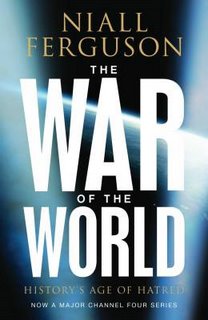 The following quote from The Bridge Over the Drina is what Ferguson included in The War of the World. Isn't it amazing that we refer to wars within communities as civil when civility is exactly what is brutally destroyed in such conflicts.
The following quote from The Bridge Over the Drina is what Ferguson included in The War of the World. Isn't it amazing that we refer to wars within communities as civil when civility is exactly what is brutally destroyed in such conflicts.The people were divided into the persecuted and those who persecuted them. That wild beast, which lives in man and does not dare to show itself until the barriers of law and custom have been removed, was now set free. The signal was given, the barriers were down ... A man who saw clearly and with open eyes and was then living could see how this miracle took place and how the whole society could, in a single day, be transformed ... Men ... vanished overnight as if they had died suddenly, together with the habits, customs and institutions which they represented.
Labels: history, pax, politix, serious shit, war stories








